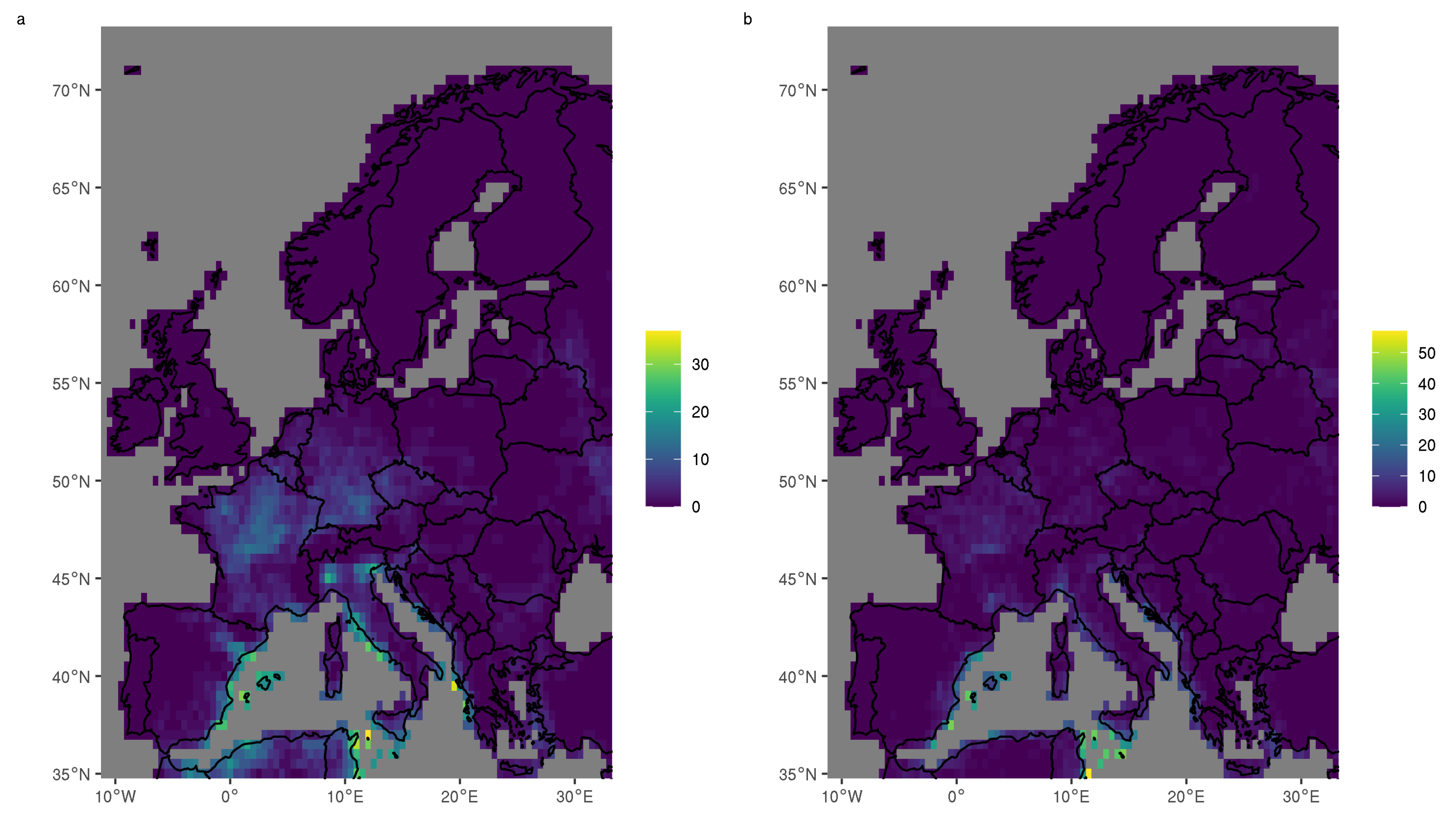

The Green River can flow between 1,500 and 5,000 CFS and churns up incredible class II and III rapids through Disaster Falls and Hell’s Half Mile. The confluence of the Yampa River and Green River resides in Echo Park, where the joining waterways make for incredibly fun class II and III rapids in Whirlpool Canyon.īefore joining the Green, the Yampa River can flow between 1,000 and 14,000 CFS with occasional class II and III rapids along the journey, and one class IV called Warm Springs. Dinosaur National Monument Rivers – CFS Range 7,000 to 25,000 This section of the Piedra River canyon is pretty narrow with staircase drops and chutes, so if the water is too high some rapids must be portaged. On the Lower Piedra, class III, IV, and V rapids through staircase drops and chutes make this a highly technical and adventurous rafting experience. The Upper Piedra has class II, III and IV whitewater with some short sections to rest unlike the most of the Upper Animas. Depending on its water levels, the Dolores can churn out class II, III, and IV rapids in Ponderosa Gorge. The waters do not always rise high enough for a release, making it a true privilege when the river does flow through its ancient canyon. The Dolores River is an incredibly rare river to run due to the McPhee Dam. Dolores River – Runnable Years, CFS range 800 to 5,000 CFS The San Miguel also has the occasional class III rapid to keep you on your booties. The San Miguel River is an exciting ride as its constant class II rapids make for an exciting, but moderate level trip for folks eager to paddle without being induced with adrenaline the entire ride.

The Rockwood Section comes with Class II, III, IV(+).

The Silverton Section and Needleton Section are the rowdiest with constant class III rapids, and a few sections with class IV and V’s. The Upper Animas has three whitewater sections, all of which comes with at least class III and IV rapids.

At those levels, we don’t raft the whitewater park and will put in below Santa Rita. During high water season in late May to early June, the Lower Animas can reach up to 3,800 CS and above. The class III rapids takes place at the man-made Santa Rita Whitewater Park. The Lower Animas is a relatively mellow trip that includes class I, II, and III rapids.


 0 kommentar(er)
0 kommentar(er)
